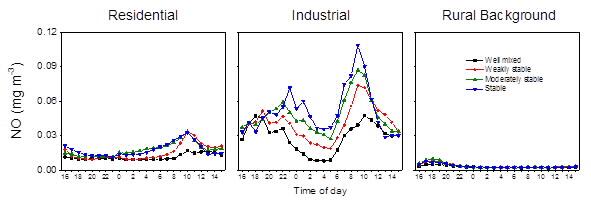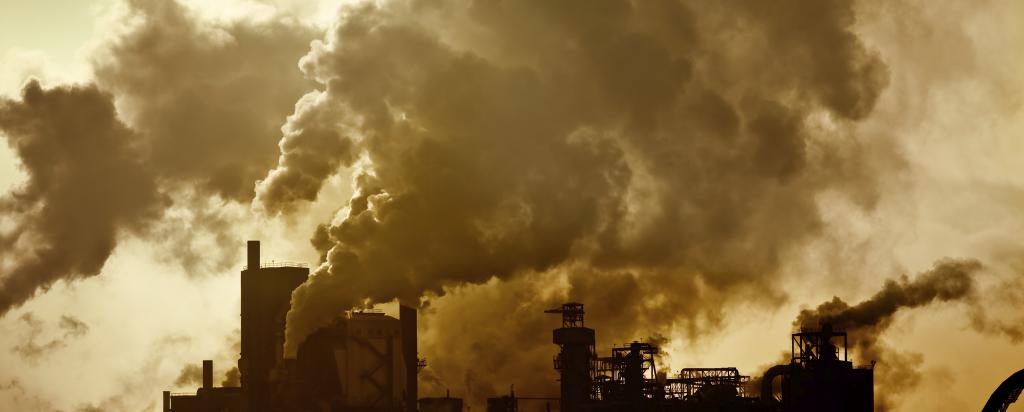

Published on the 27th January 2015 by ANSTO Staff
Lanzhou is located on a remote floodplain of the Yellow River, in a long, narrow valley almost 500 m deep. This sheltered, secluded location is in part responsible for Lanzhou being one of the most polluted cities in China.
Over recent decades a number of factories have been relocated from Lanzhou, and others have implemented emissions mitigation strategies; with varying degrees of efficacy. However, assessing the impact of such changes on the city’s pollution levels in a quantitative way has remained problematic.
Lanzhou’s sheltered location typically results in wind speeds so low that conventional meteorological techniques for assessing the likelihood of “inversions” (periods of poor atmospheric mixing) causing pollution exceedance events are mostly ineffective.
Recently, ANSTO researchers Dr Scott Chambers and Dr Alastair Williams, from the Atmospheric Mixing & Pollution Transport group (of the Institute of Environmental Research), developed a novel technique by which measurements of the naturally-occurring radioactive gas radon (222Rn) can be used to accurately categorise the degree of atmospheric mixing.
By applying these mixing categories to simultaneous measurements of urban pollutants it is possible to clearly distinguish between pollution concentrations typical of “well-mixed” and “stable” atmospheric conditions (even under very low wind speed conditions), as well as provide detailed information about the range of pollutant concentrations under the most stable of atmospheric conditions – crucial information for use in techniques to calculate levels of public exposure to harmful pollutants.
Furthermore, since the environmental factors that lead to stable atmospheric conditions are more consistent season-to-season, and year-to-year, than the number of factories or their rate of pollution emission, this technique is potentially a valuable “watchdog” for long-term changes in local and regional emissions.
In collaboration with The Laboratory for Climate Studies (China Meteorological Administration), and The Lanzhou Environmental Monitoring Centre, ANSTO researchers used 1-year of urban pollutant observations at sites representative of industrial, residential and rural-background regions of Lanzhou, to characterise the influence of atmospheric stability on the pollution concentrations to which the >2 million inhabitants of the valley are regularly exposed.
Under the most stable of atmospheric conditions a factor of seven difference in peak NOx (NO+NO2) concentrations was found between the industrial and rural-background sites.
More importantly, it was demonstrated that the technique presently in use for estimating the effects of atmospheric stability on public exposure to harmful emissions frequently underestimated pollutant concentrations by up to 25%.
